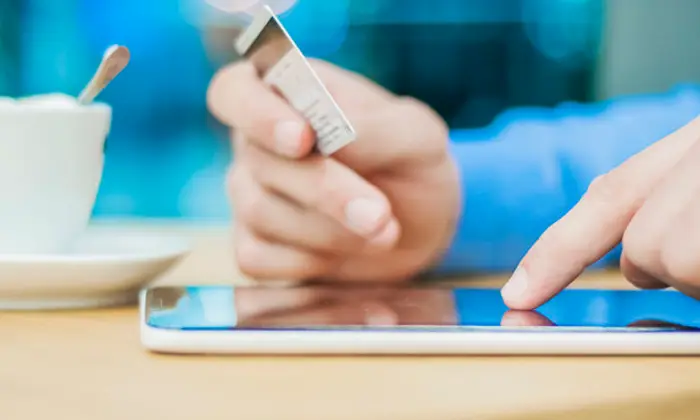The Internet of things (IoT) and machine learning are the two buzzwords right now. Although, this topic has not imploded yet but surely moving in the right direction. Leaders and scientists across the globe are working every day to combine IoT and machine learning for an advanced world. Imagine, what if your coffee makers know when to brew your coffee without any inputs. Sounds great, right? Similar to this, Machine learning and IOT can permeate every aspect of our lives by cutting manual labour and eliminating human errors.
All of our smart devices, from coffee maker to wearables, have at least one thing in common; they all require manual input to give us optimal results. It may not seem like a disadvantage at first glance, but there are more shortcomings. We, humans, have a random way of living our lives, not all of us perform tasks with the highest order of punctuality. Therefore, on aggregate, this manual input will not exhibit optimal functionality. For example, I wake up at 8:00 in the morning and need my coffee exactly 15 minutes after I wake up, naturally, I have to use the optimal setting for my coffee maker to start brewing at 8:15. But, am I punctual to wake every day at the exact time? Humans are not!
The solution to above and similar situations is to embrace machine learning in the process as it helps analyze data generated by the connected devices and learn human behaviour patterns. It will make devices feel more like an assistant than a liability which has to be encoded.
Let Us Incorporate Machine Learning To The Above Example
In this circumstance, all my devices are connected with each other. When I wake up, my coffee maker will know through my alarm clock, and starts brewing coffee. Similarly, my car, smart shower and all the other devices installed in my house will also know and will start performing their tasks without any inputs from my end. So, in a nutshell, machine learning models learn about my behaviour pattern and accordingly change the schedule of their tasks, no matter at what time I wake up.
Alarm clocks, coffee brewer aren’t the only thing that gets upgraded — group settings are next. Just imagine a restaurant can optimize its lighting and music selection according to the preferences of the customers, or traffic flow optimization by talking to self-driving cars. This technology will help us get better sleep, decrease the time we spend in traffic, and ultimately help save lives, all without any manual effort. We are building a smarter, safer and advanced world.
What Are The Risks?
Well, I’d be lying if I said there is only upside to this. The three risks that involve Machine Learning and IoT are data privacy, physical attacks and grid collapse. These devices will know more about you than you know about yourself. They can interpret your reactions beforehand through learning from your data and behaviour patterns. Steps must be taken to prevent personal data abuse, as it can be used for theft, fraud or malicious attacks.
In physical attacks, imagine a hacker hacks your car, now you are under the mercy of the hacker who can take you anywhere. The similar case applies to Satellites, water services, and power plants. All of these can lead to vulnerable situations. However, better planning and implementation of IoT and Machine Learning Model can dissuade hacking or use of data for such attacks.
Grid collapse means these devices need the power to remain connected. In the event of power failure, safeguards must be in place to make sure the orchestration of these devices continues. Public transports and self-driving cars must be able to continue performing even in a power failure. The IoT and machine learning models must be built as robust as possible so that the public devices continue working even in faulty situations.
Yes, these reasons seem scary, but a smarter world won’t appear overnight, we have to work hard, do careful planning and implementation and correct problems as they appear as we built this out.
